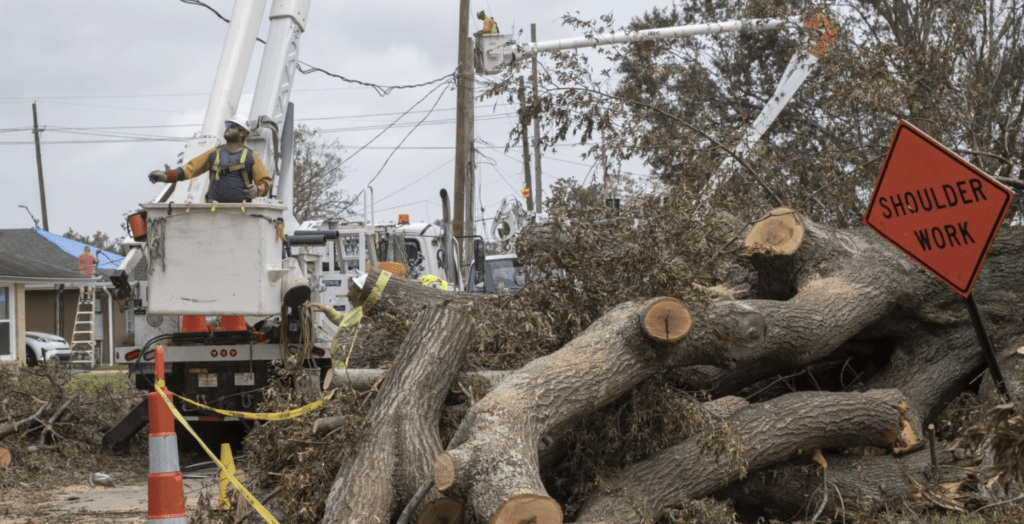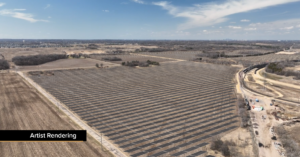
It is hard to believe, but this is our second article in a single year about a tragic, region-wide power outage (the first was the Texas outage).
Hurricane Ida came to shore in Louisiana on August 29, devastating the electricity infrastructure, including all eight transmission towers that bring electricity in to New Orleans. When the storm finally moved on, 30,000 power poles and 5,600 transformers required repair. Ida did more damage to the electric grid than Hurricanes Katrina (2005), Delta (2020) and Zeta (2020) combined.
Catastrophic hurricanes are an inevitability on the Gulf Coast. So, how had the New Orleans city planners and its utility prepared for them? One group called the Alliance for Affordable Energy argued that the best way to ensure reliable electricity in the face of extreme weather was to fund and build small-scale, local energy systems like microgrids, particularly for community centers and operations bases of first responders. Another group, led by the regional electric utility, Entergy, argued that the best solution was to build a large natural gas plant in New Orleans.
The utility’s previous CEO, Charles Rice urged the City Council to support the big plant, saying “The unit will also include black-start capability… This will give the company the ability to restore electric service … if New Orleans is electrically ‘islanded’ from the rest of the interconnected transmission grid, as it was after Hurricane Gustav.” His point of view was bolstered by a group of vocal citizens attending the council meeting. (It turned out that the citizens were actually paid actors. This stunt led the city council to later fine the utility $5 million.)
Unsurprisingly, the utility’s plan won out. The $210 million New Orleans Power Station went live in 2020.
No local energy systems were funded.
When Hurricane Ida struck the city, the shiny new natural gas plant failed to come to the rescue. Explanations shifted as each new day found the city without power and the parking lot of the power plant remained empty. The plant did eventually get turned on and played a role in the slow restoration of power (ten days after Ida, the utility reported that 280,000 people in New Orleans still had no power).
Despite this failure of the Big Grid, there were some bright lights shining in the darkness. After a quick repair, a non-profit funded solar+battery “local energy” system was providing electricity and lights for the residents of an affordable apartment building . Another group called the Footprint Project drove in several mobile solar power generating stations to bring light and charging for hundreds of people across the city. [I hope you will join the Freeing Energy team by showing your support for them with a small donation.]
The tragic power outage in New Orleans is just one more piece of irrefutable evidence that planners, policymakers, and politicians need to expand their thinking. Giant power plants and miles of transmission power lines are necessary but they are by no means sufficient when it comes to cleaner and more reliable energy. Small-scale systems are proving themselves everywhere, if only decision makers would begin to look beyond a century of convenient but outdated answers. The fact is: bigger is no longer better.
On behalf of all of us here at the Freeing Energy Project, we send our best wishes to the people impacted by Hurricane Ida and our deepest gratitude to the 28,000 electrical workers who are working around the clock to restore the Big Grid in the Big Easy.




One Response